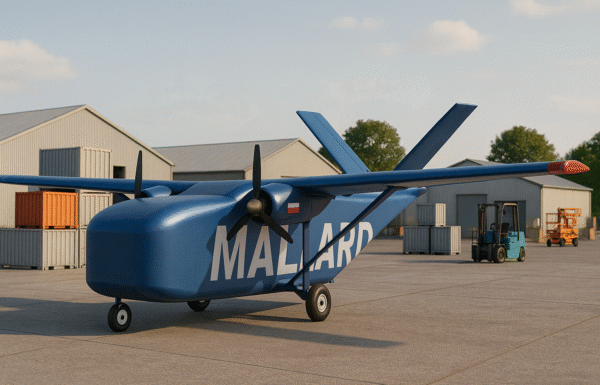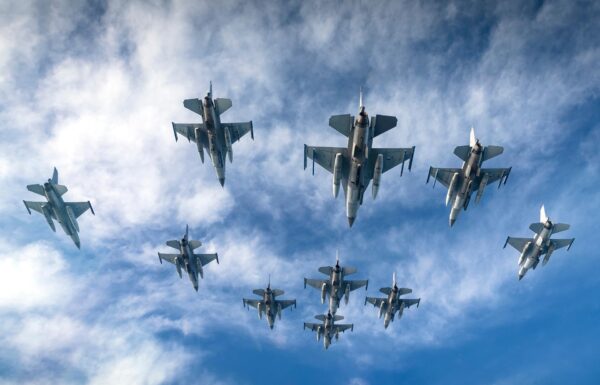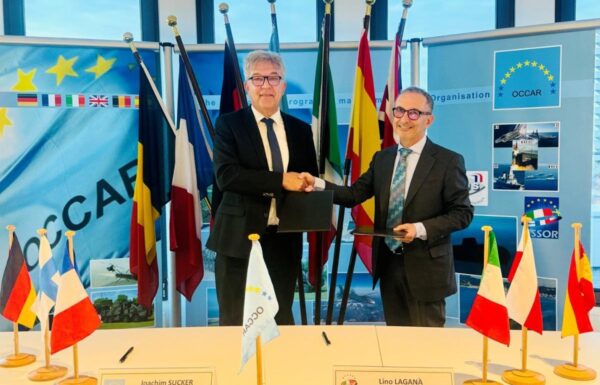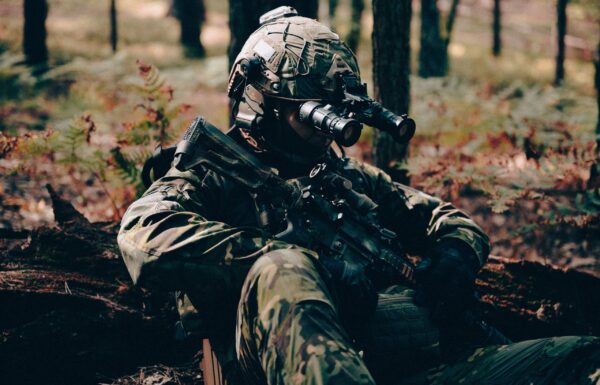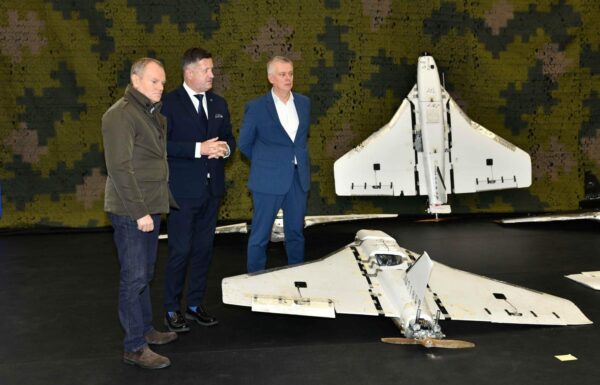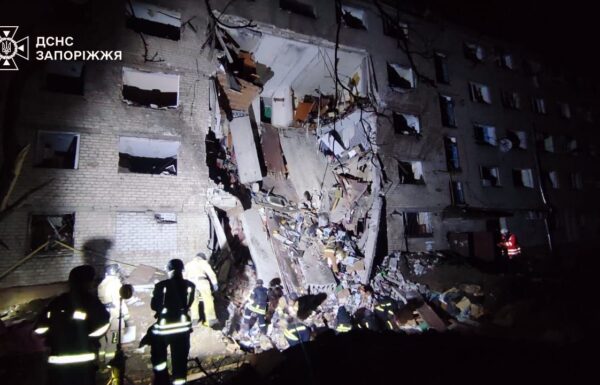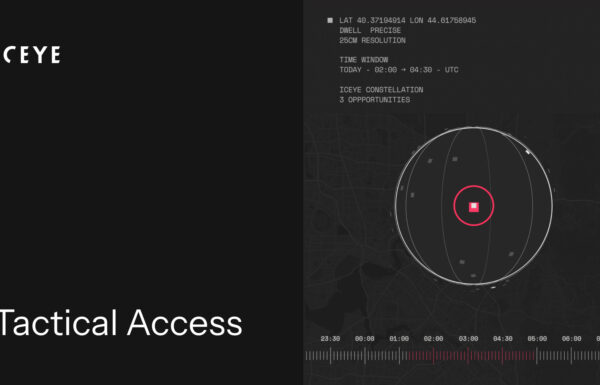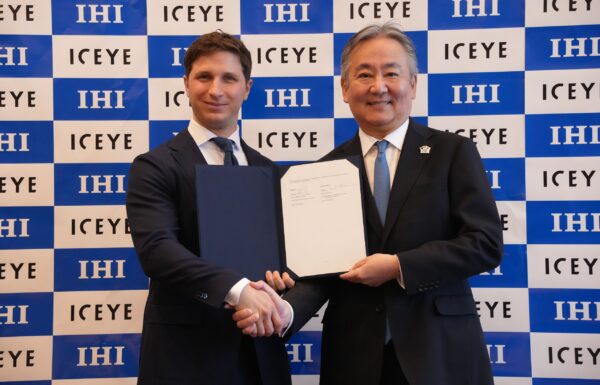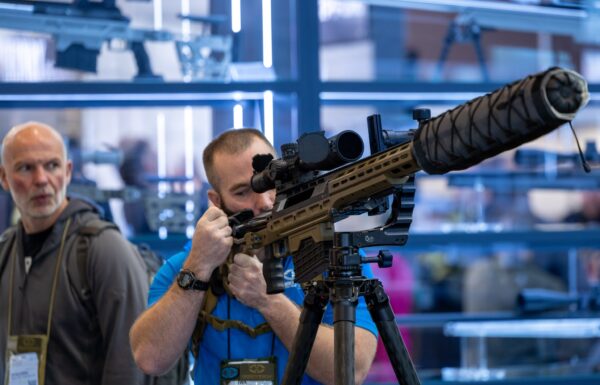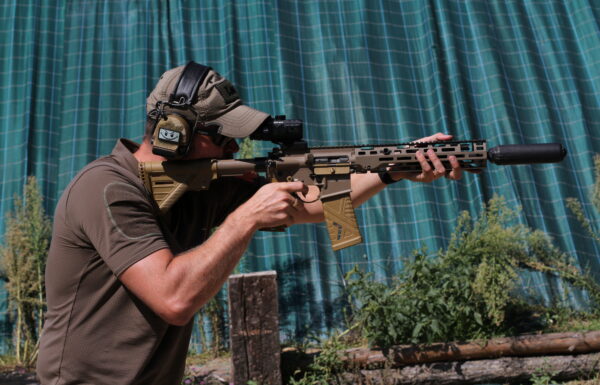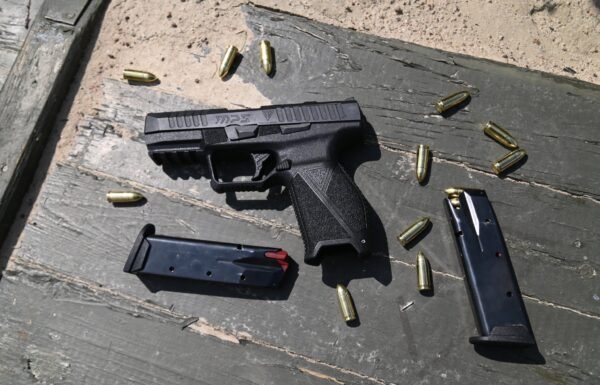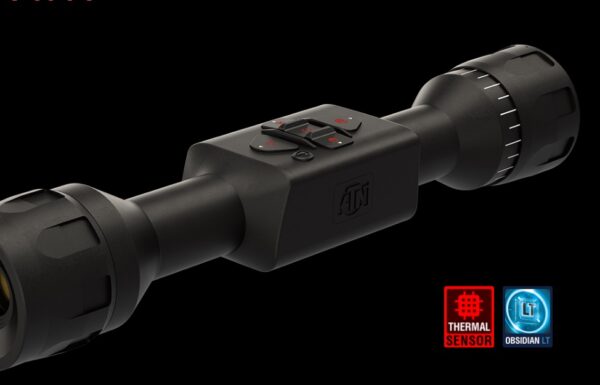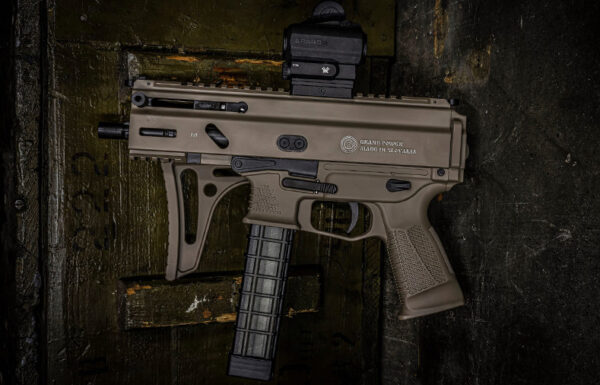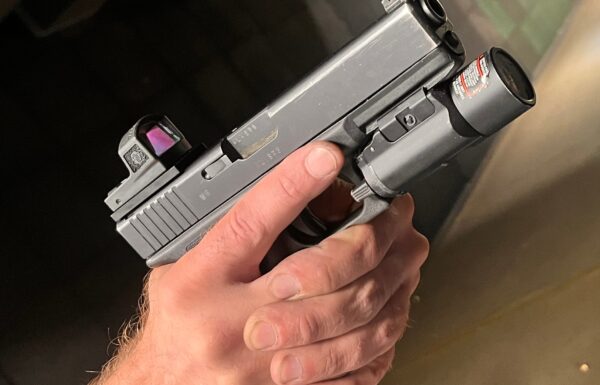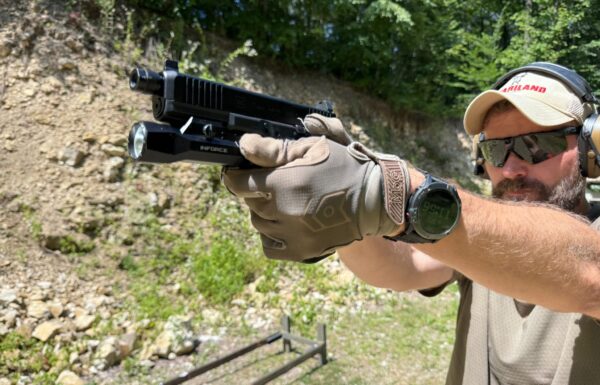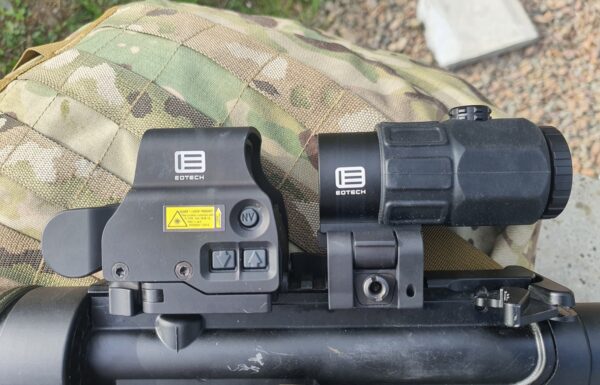On Wednesday, April 9, 2025, the UK Ministry of Defence issued a Request for Information (RFI) regarding a planned tender for the procurement of a new carrier-based airborne early warning system, which will replace the radar-based reconnaissance, surveillance, and tracking system Crowsnest currently used on Merlin ASaC (Airborne Surveillance and Control) helicopters aboard both Queen Elizabeth-class aircraft carriers.
 Photo: Royal Navy
Photo: Royal Navy
The RFI does not include details regarding the number of aircraft or their tactical and technical specifications. The deadline for submitting requests to participate in the market survey is May 6, 2025, at 5:00 p.m. local time. The procurement process itself is scheduled to begin on January 1, 2026, with the preferred contract award period set between May 2026 and May 2027. At this stage, the contract value is estimated at between 500 million and 1.5 billion GBP. The delivery timeline is set from January 1, 2027, to May 1, 2032, with the system expected to enter service between 2030 and 2035.
The Royal Navy currently operates 30 AW101 Merlin HM2 helicopters, 10 of which can be fitted with the Crowsnest system, enabling them to perform the Airborne Surveillance and Control (ASaC) role. Typically, five helicopters from the 820 Naval Air Squadron are configured for ASaC duties at any given time: three operational aircraft are assigned to the high-readiness carrier strike group, while two are used for training and operational testing. Deliveries began on March 24, 2021, replacing the Sea King ASaC.7 helicopters retired in 2018, which had left an operational gap.
However, the program has faced a series of issues that have led to the early retirement plans. Initial Operating Capability (IOC) was originally scheduled for March 2020, later pushed to September 2021, but was not achieved until 2023 due to technical problems.
One of the key issues was instability in the radar control software, System Release 11.0, used during the first operational mission in 2021 as part of Carrier Strike Group 21 (CSG21), which significantly limited its performance. Improvements were introduced in versions 11.4 (April 2022) and 12.0/12.2, which enhanced land surveillance capabilities, communication with F-35B Lightning II multirole aircraft, and radar operating modes.

It also became apparent that the selection of the Crowsnest system—based on Thales’s more affordable solution using the Searchwater 2000 radar (previously used on Nimrod MR2 aircraft)—rather than the more advanced Vigilance radar with an active electronically scanned array (AESA) antenna proposed by Lockheed Martin, which incorporates technologies from the Northrop Grumman AN/APG-81 radar (used in the F-35) and the Elta EL/M-2052 radar by Israeli Aerospace Industries, limited the system’s potential capabilities.
While the 30 Merlin HM2 helicopters are expected to remain in service until 2040, in line with the UK Ministry of Defence’s decision to extend their operational life, the Crowsnest system itself is scheduled to be replaced earlier—by December 31, 2029. As reported by the Ministry of Defence in February 2024, by the end of 2023 alone, 425.662 million GBP had already been spent on the program, out of a total planned lifecycle budget of 459 million GBP.
It is possible that, under the Royal Navy’s Future Maritime Aviation Force concept, the Crowsnest system will eventually be replaced by unmanned aerial vehicles (UAVs) offering superior performance—such as higher operational altitude, flight speed, range, endurance, and, of course, more effective radar systems. The Royal Navy cannot, for instance, procure carrier-based airborne early warning aircraft like the Northrop Grumman E-2D Advanced Hawkeye, as the Queen Elizabeth-class carriers are not equipped with catapults, and American aircraft are not compatible with ski-jump ramps.



